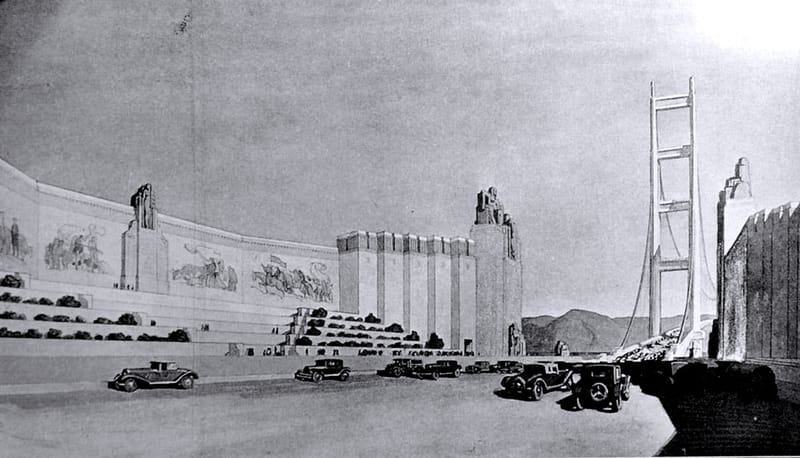Alabama Hills, CA: How 103 million years of geology shaped a photographer's paradise
The Alabama Hills in California formed as granite 103 million years ago. Over time, faulting and erosion transformed the block into today’s distinctive arches and boulders.
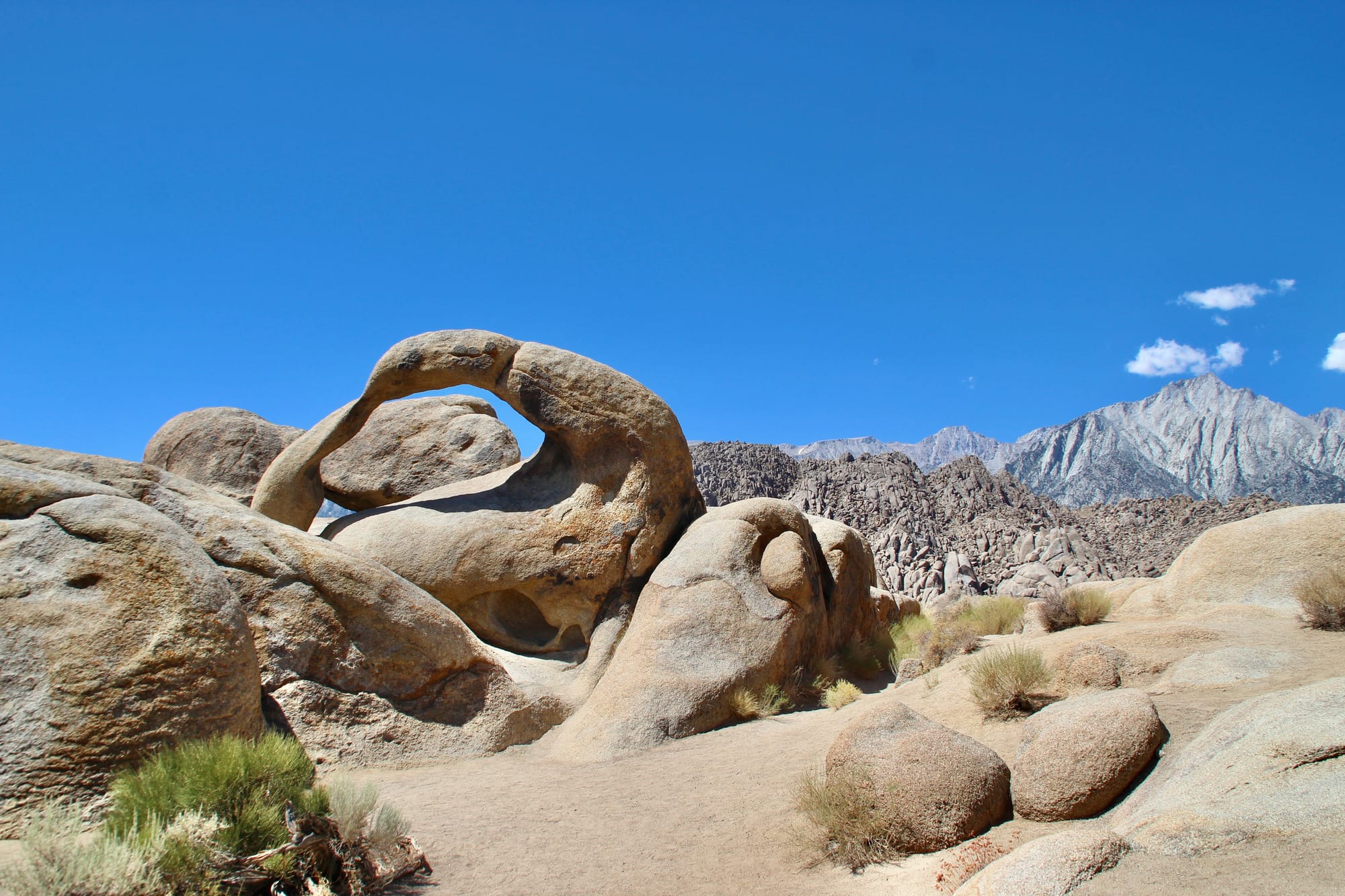
The Alabama Hills rise in a striking jumble of rounded boulders and arches, set against the jagged backdrop of Mt. Whitney. Their golden granite has framed countless Hollywood films—from classic westerns to Iron Man and Star Trek—making them one of California’s most photographed landscapes.
Beyond the movie magic lies a geologic drama even more compelling. The Alabama Hills are not simply a foreground for the Sierra Nevada; they are a window into deep Earth processes and millions of years of tectonic change that continue to shape California today.
Research Behind This Article
The following scientific studies informed this article and provide further detail on the geologic history of the Alabama Hills:
- Ali, G.A.H., Reiners, P.W., & Ducea, M.N. (2009). Unroofing history of Alabama and Poverty Hills basement blocks, Owens Valley, California, from apatite (U–Th)/He thermochronology. Published in International Geology Review. Read here.
- Frazer, R.E., Gaynor, S.P., Coleman, D.S., & Wenner, J.M. (2022). Insights from the Alabama Hills into Mesozoic Magmatism and Tectonics in Eastern California. Published in Lithosphere. Read here.
Ancient Origins (~103 million years ago)
Around 103 million years ago, during the Cretaceous Period, molten rock pushed up beneath what is now Owens Valley. As the magma cooled slowly underground, it crystallized into granite — the foundation of today’s Alabama Hills.
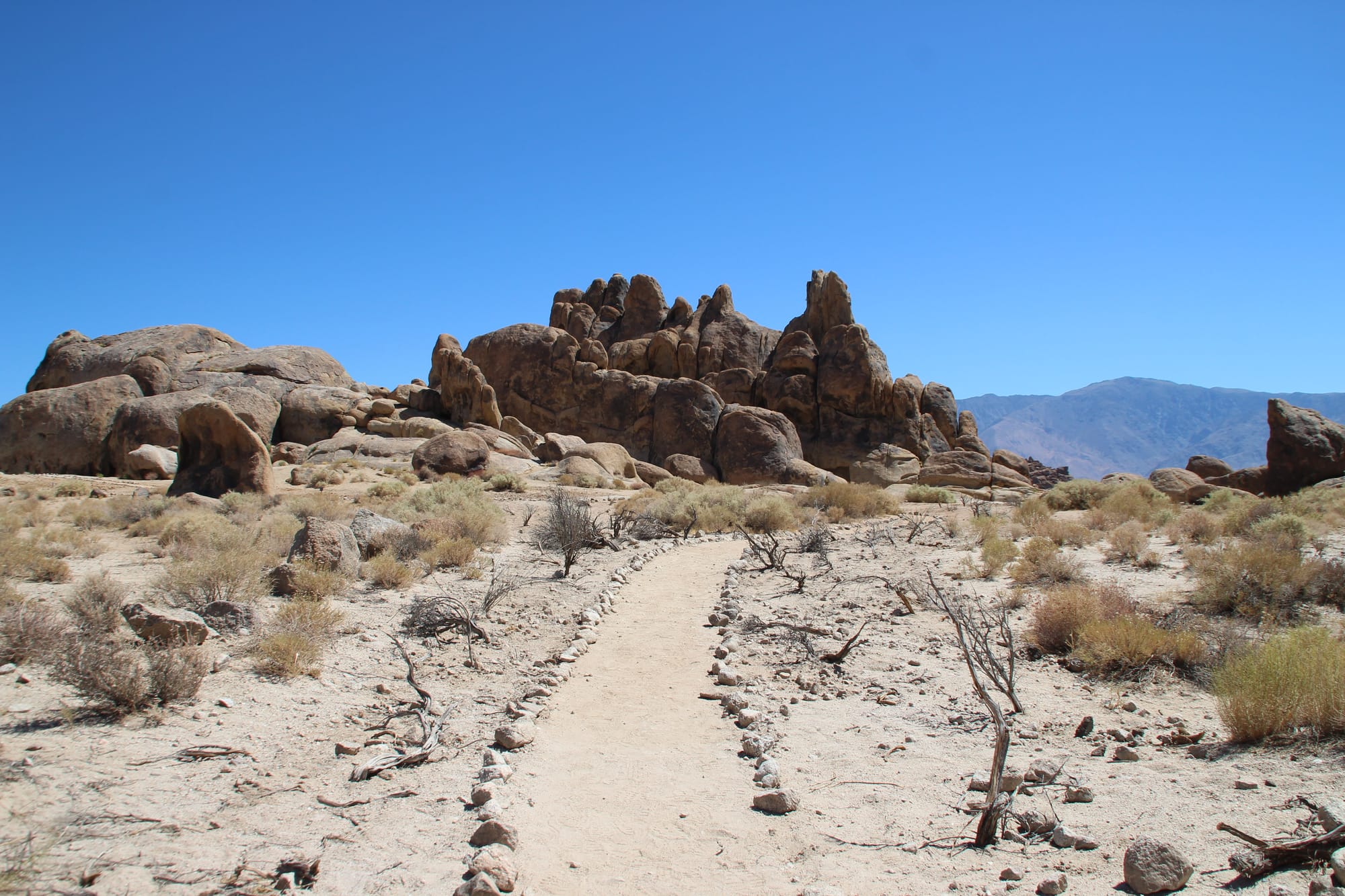
For decades, geologists thought this granite was part of the nearby Mount Whitney Intrusive Suite, which formed slightly later. Recent studies, however, revealed that the Alabama Hills granite is older, belonging instead to a family of rocks known as the Kearsarge plutons. These plutons stretch across the Sierra crest and nearby ranges, tying the Alabama Hills into a broader episode of mountain-building magmatism that swept through eastern California during the mid-Cretaceous.
In this sense, the Alabama Hills are like a “sibling” to the surrounding ranges—forged from the same deep geologic processes but on a slightly different timeline.
Long Stability (~100–20 million years ago)
After the Alabama Hills granite solidified deep underground, not much happened to it for tens of millions of years. Unlike some geologic blocks that get shoved around by faults or recycled back into the Earth, the Alabama Hills remained relatively stable compared to the massive Sierra Nevada to the west.
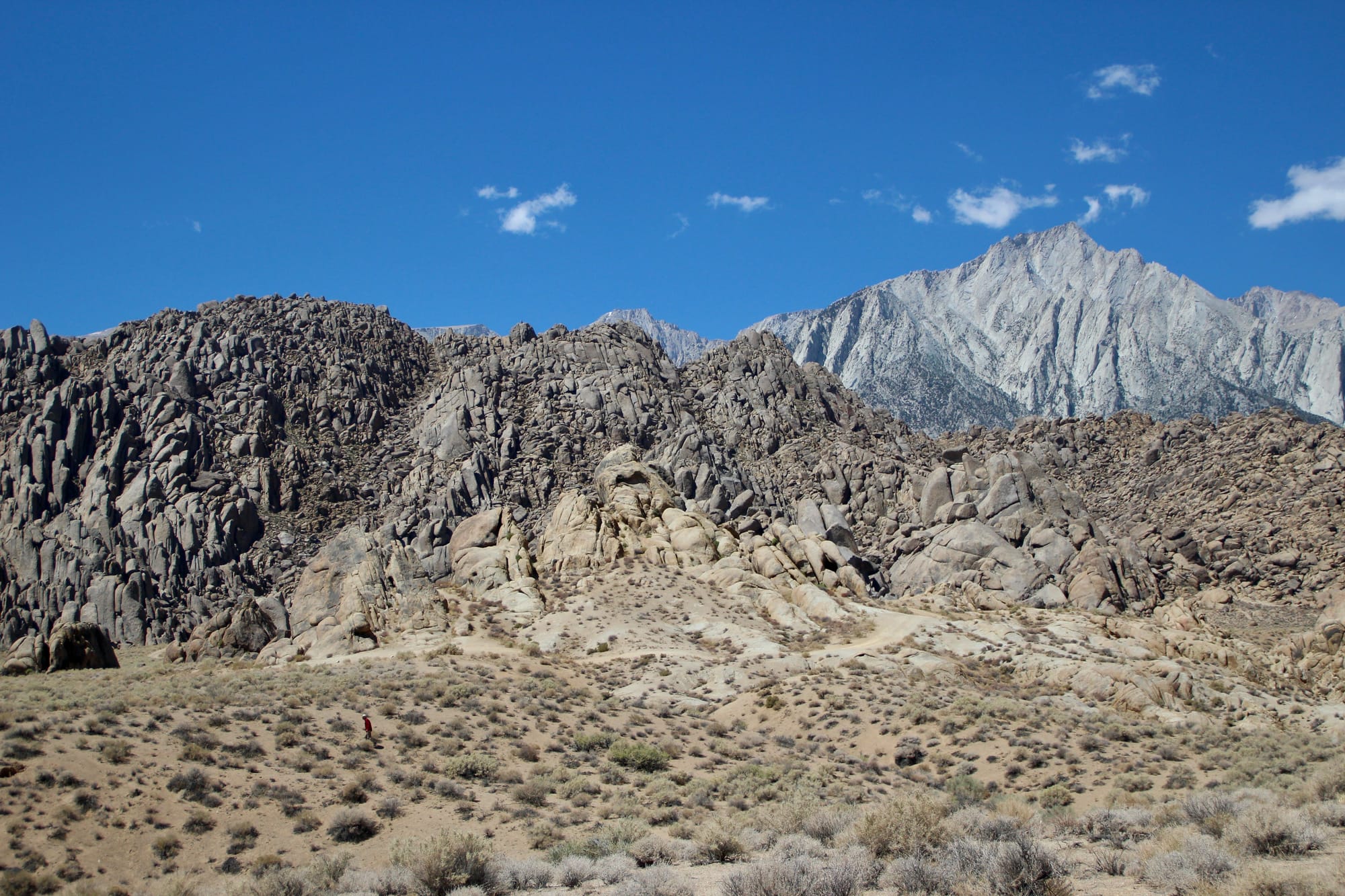
Geologists have found that since about 103 million years ago, the block containing the Alabama Hills has shifted sideways less than 10 kilometers relative to the Sierra Nevada batholith. In geologic terms, that’s barely any movement at all. This makes the Alabama Hills an important “reference point” for scientists trying to measure just how much the Owens Valley has been stretched and faulted over time.
For most of this long period, the granite stayed buried under layers of rock, slowly weathering but not dramatically reshaped. The dramatic changes that would make the Alabama Hills into the iconic landscape we see today came much later — when Owens Valley itself began to open and sink.
A Valley Transformed (last 20 million years)
Starting about 20 million years ago, the Earth’s crust in eastern California began to stretch and crack, forming the Basin and Range Province — a region defined by alternating mountains and valleys. Owens Valley is one of these, created as faults pulled the land downward while the Sierra Nevada was uplifted to the west.
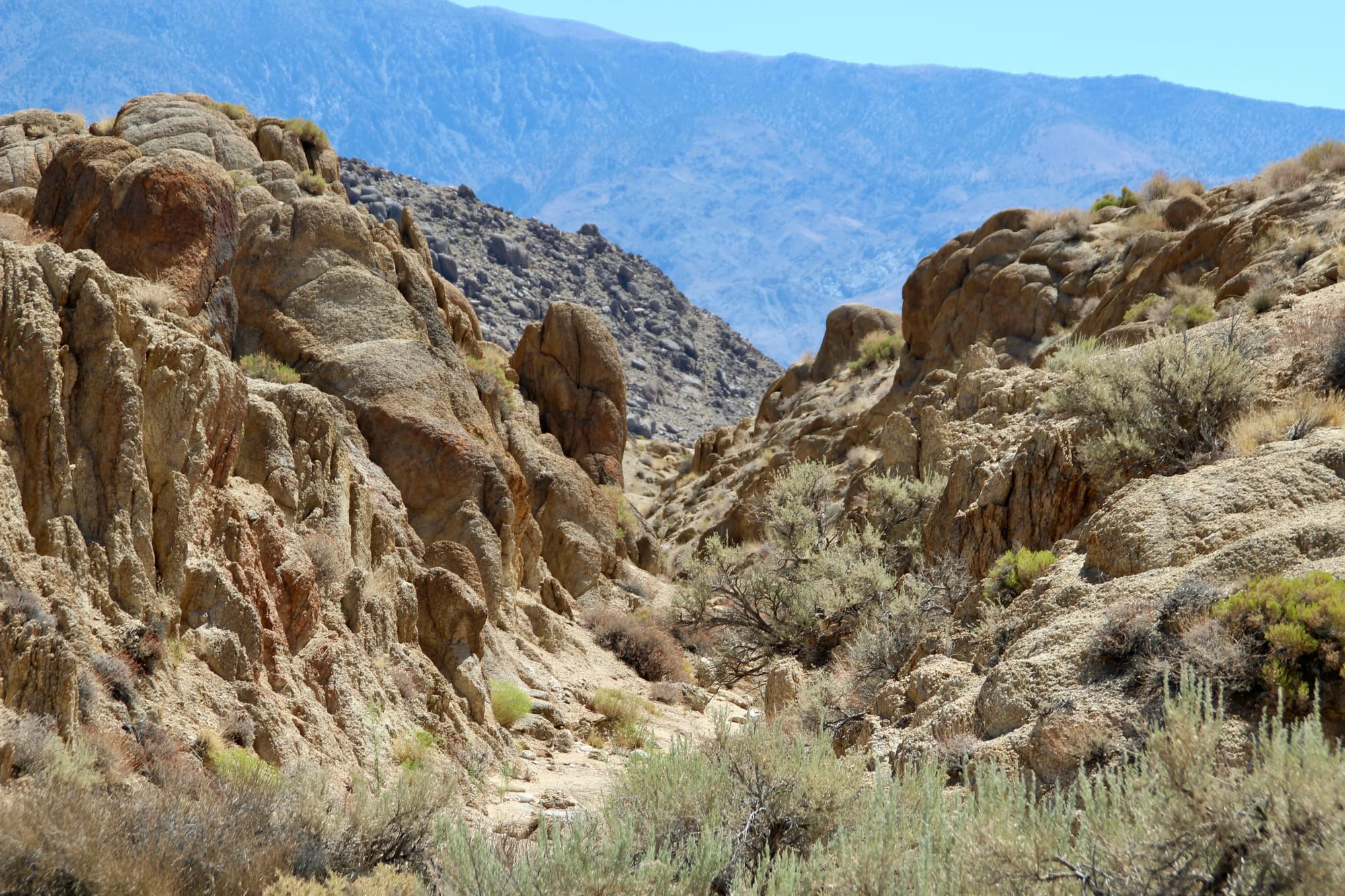
The Alabama Hills, once connected more closely to the Sierra, were caught up in this shifting ground. Along the Sierra Nevada frontal fault, the block of granite dropped downward by about 2.6 kilometers and slid slightly east. That’s why today the Alabama Hills sit as a cluster of rugged granite outcrops rising from the valley floor, separated from the sheer walls of Mt. Whitney just a few miles away.
Over time, wind, water, and temperature extremes sculpted the exposed granite into the rounded boulders, arches, and towers that define the Alabama Hills landscape. What began as a deep underground magma chamber became an open-air geologic wonder, shaped both by tectonic violence and the slow work of erosion.
What You See Today
Stand among the Alabama Hills today, and you’re surrounded by a natural sculpture garden. Erosion has rounded the granite into bulbous boulders and carved graceful arches like Mobius Arch, framing views of Mt. Whitney and the jagged Sierra Nevada skyline. The contrast between the soft, weathered shapes of the Alabama Hills and the sharp, snowcapped peaks behind them is what makes this place so visually striking.
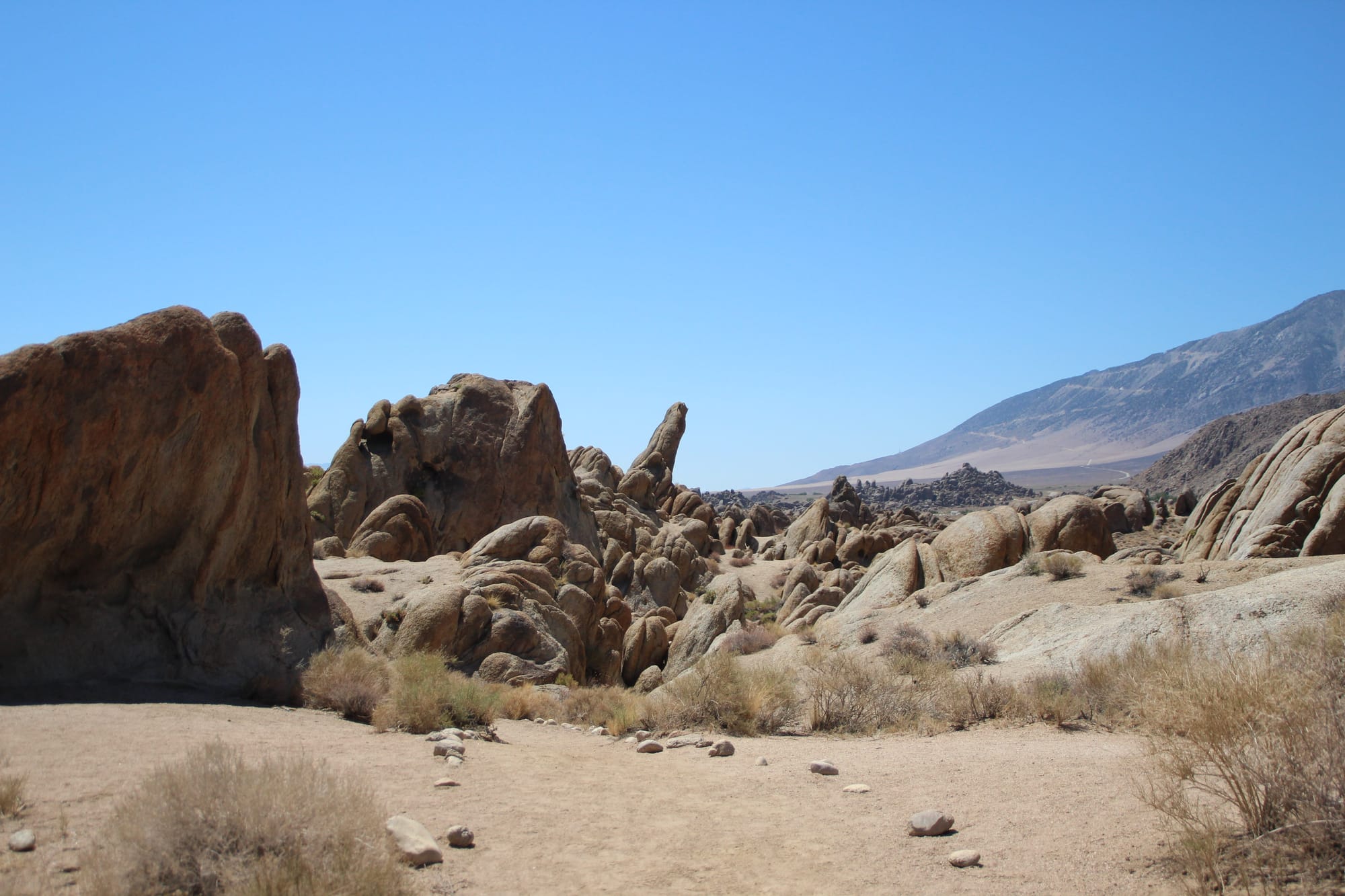
That scenery hasn’t gone unnoticed. For more than a century, filmmakers have used the Alabama Hills as a backdrop for westerns, war epics, and science fiction. Classics like Gunga Din were filmed here, as well as modern blockbusters like Iron Man and Tremors. The landscape’s otherworldly look — part desert, part mountains — allows it to stand in for just about anywhere on Earth, or even other planets.
But beyond Hollywood, the Alabama Hills are an open-air classroom. They tell a story of magma deep underground, of tectonic forces stretching California apart, and of the patient power of erosion. For visitors, that means every arch, ridge, and rounded boulder is more than just a photo opportunity — it’s a page in the deep history of California’s landscape.



